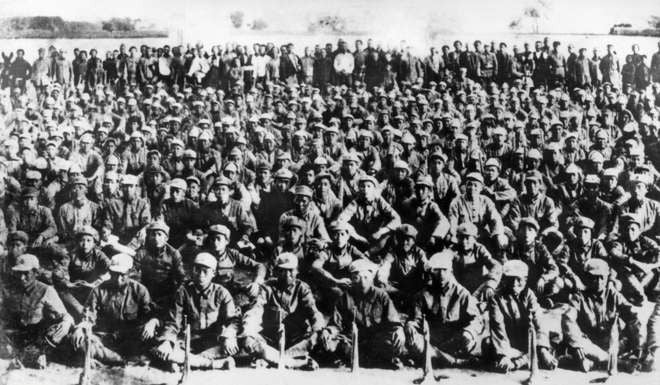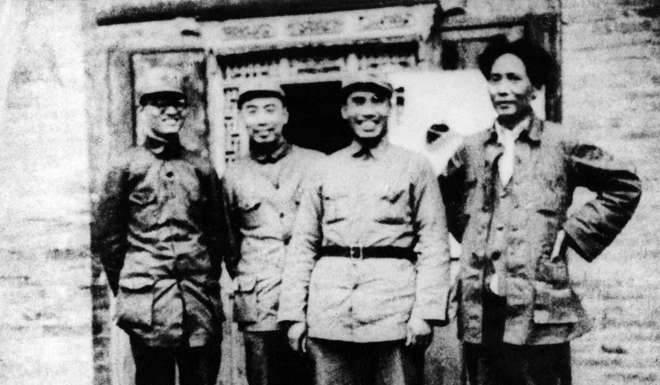The Long March: what it was and why it matters to China’s Xi Jinping
The year-long retreat of Communist forces beginning in 1934 has become a pillar of the way the party views itself, and a rallying cry for the president

China’s Communist Party commemorated the 80th anniversary of the end of the Long March on Friday. We explore the historical significance of the event and what it means to President Xi Jinping.
What was the Long March?
The Chinese Communist Party originated in 1921. Its alliance with the Kuomintang, or Nationalists, was severed in 1927, after which the Communists fled to the western part of Jiangxi province. The remote, mountainous region was roadless and accessible only by footpaths, making it a safe haven for the Communists, who established the Soviet Republic of China there.
Three years later, surrounded and harassed by Kuomintang forces led by Chiang Kai-shek, the Communist leaders decided to mobilise the Red Army and take flight in October 1934. Thus began a journey that lasted for a year and changed the fate of the Communist Party – the Long March.


The march began with 86,000 men and women in Ruijin and Gucheng in Jiangxi, and ended in Yanan in Shaanxi province, with Kuomintang troops pursuing the whole way. Leaders of the march included Mao Zedong, Zhou Enlai, Deng Xiaoping, Zhu De, Peng Dehuai and Lin Biao.